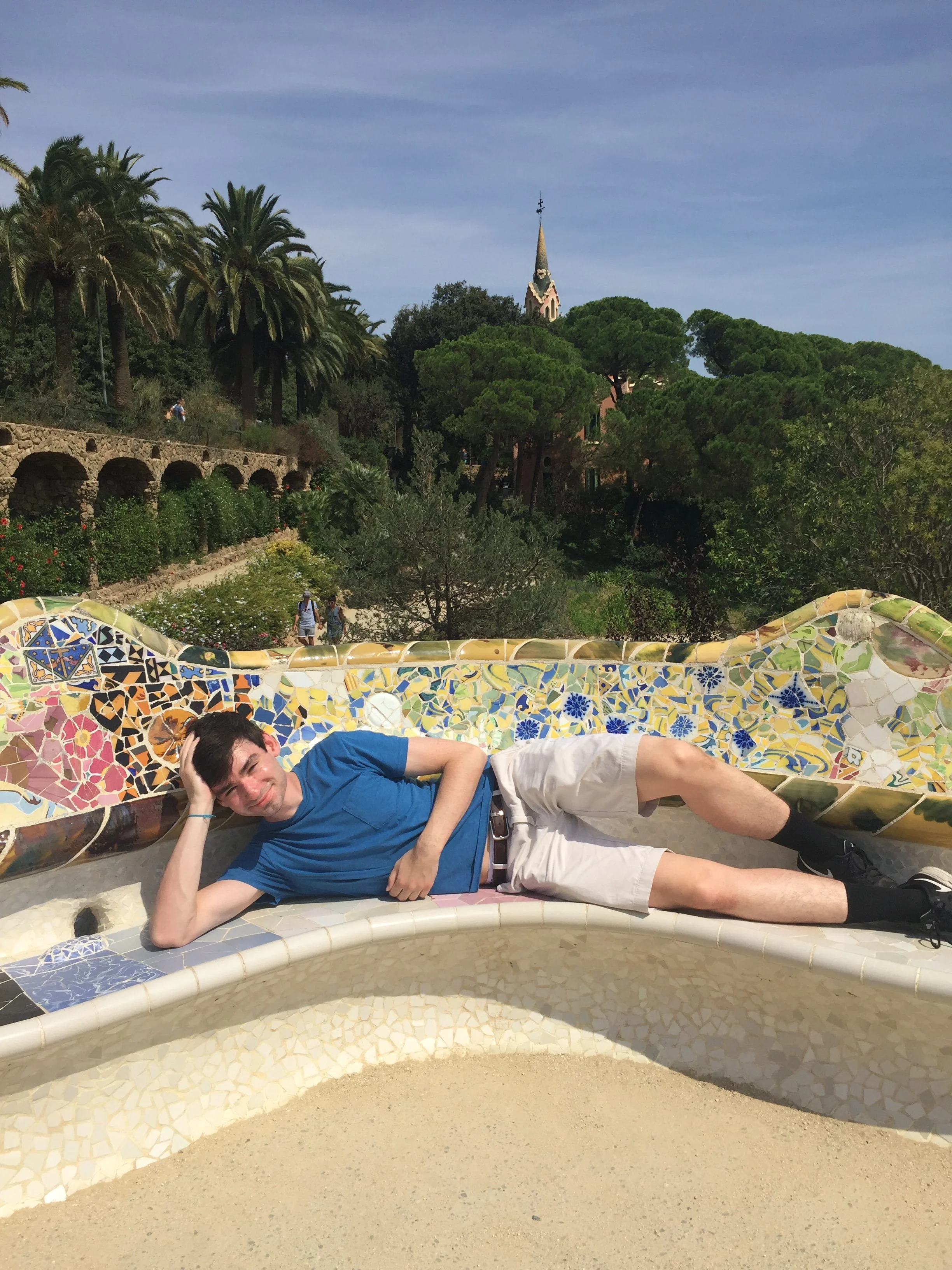ITERATE, FORREST, ITERATE! BY JOHN KNAUFT
One of the most important qualities of a creative person is to be observant- to view the world around them with intense curiosity and make connections. These connections of experiences are often the birthplace of new ideas. One source of connections that is underused is nature. Over billions of years the biological world has adapted to deal with a host of complicated issues- dealing with them in increasingly creative ways. Nature’s solution to a problem is never simply the first right answer, it’s an extraordinary number of random mutations, constantly replacing the last solution with a better one.
Some may say that nature can’t be a source of inspiration because there is seemingly nothing new about it. However, creativity comes when we combine our observations of nature with our unique experiences to create something new. In my architecture class we often talk about inspiration from nature. My professor John Reynolds reminds us constantly that we aren’t trying to represent nature in our work, rather we are Re-Presenting it in a new way based on our own interpretations. Antoni Gaudí and Frank Lloyd Wright, two of the most famous architects in history practiced this principle. They both had the boldness to see nature differently, and the work that each of them produced is worlds apart.
Nature is extraordinarily complex, and there is much we can still glean from it. William McDonough perfectly sums up mankind’s “first right answer” for utilizing a tree when he says, “Imagine this design challenge: Design something that makes oxygen, sequesters carbon, fixes nitrogen, distills water, accrues solar energy as fuel, mixes complex sugars in food, creates microclimates, changes colors with the seasons and self-replicates. Well, why don’t we knock that down and write on it.” William McDonough is best known for his book Cradle to Cradle in which he and Michael Braungart took inspiration from ecosystems and their cyclical processes and created a set of design principles in which the waste of one system becomes nutrients for another. This idea of reuse is crucial in a time where we desperately need better management of our waste, and it all stemmed from nature. So immerse yourself, and pay attention to nature’s intricacies- it’s everywhere.


